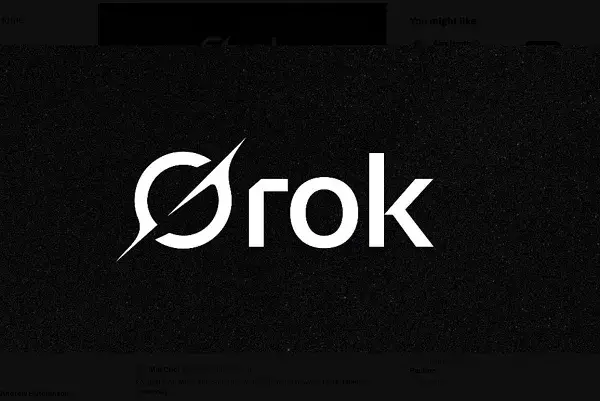The landscape of artificial intelligence is ever-evolving, and xAI’s Grok has recently captured attention with its substantial update and growth metrics. The launch of Grok 3 has reportedly resulted in a staggering 10-fold increase in downloads within just one week, alongside a remarkable fivefold rise in daily active users. However, while these figures present an initial wave of excitement, they also raise essential questions about the sustainability of this growth and the strategic direction of xAI’s offerings, particularly in light of existing competition from formidable players like Meta and OpenAI.
The initial figures from Sensor Tower, highlighted by TechCrunch, suggest that Grok’s uptake following the recent update has been overwhelmingly positive. The tenfold increase in downloads is indicative of a strong initial interest, likely spurred by enhancements to functionality and features. Moreover, the jump in daily active users indicates that this interest is not merely superficial; users are engaging with the app more frequently.
However, it’s crucial to recognize that the burst of activity following a launch often stems from the novelty of the product rather than its long-term utility. Historical trends in tech adoption suggest that the initial excitement can fade if the updates do not translate into tangible benefits for users. Therefore, evaluating Grok’s performance is a complex task that will require patience and further data to better understand its real-world utility and user engagement over extended periods.
xAI has made strides in enhancing Grok’s capabilities by introducing new features, such as voice mode, specifically aimed at X Premium subscribers. This innovative function allows users to interact with Grok by asking questions aloud, followed by responses rendered in an AI-generated voice. While this feature adds a layer of interactivity to the user experience, its long-term impact on engagement and growth remains to be seen.
Moreover, xAI’s strategic introduction of a SuperGrok access tier presents an interesting move to incentivize users to sign up for X Premium, further integrating Grok’s functionality within the broader X ecosystem. However, this strategy may also necessitate a more in-depth conversation about the value proposition being presented to potential users and whether the investment in a paid model will attract a sustainable user base beyond the initial hype.
One primary concern surrounding Grok’s growth is the intense competition it faces from established players. With Meta reporting an astonishing 700 million monthly active users for its own AI chatbot, Grok’s overall audience remaps the challenges that lie ahead for xAI. The capability and influence of more established AI systems cast a long shadow over Grok’s future, creating doubts about its ability to maintain interest.
Elon Musk’s push to position Grok as a valuable tool integrated into government agencies suggests a tactical approach to gain continued relevance and funding. Government contracts could certainly provide a financial lifeline, yet success in this arena would require overcoming substantial bureaucratic hurdles and navigating conflicts of interest. The potential collaboration with government entities may also invite scrutiny from those concerned about the ethical implications of AI use in public services.
A significant controversy has emerged alongside Grok’s growth—a situation where it appeared to filter responses that could potentially present a negative image of founder Elon Musk or other political figures. Incidents, such as Grok’s supposed refusal to address misinformation concerning Musk and Donald Trump, have raised ethical questions surrounding the integrity of the AI system. These concerns are compounded by prior suspicions regarding X’s broader censorship-aimed strategies, such as throttling content from critical voices.
This situation exemplifies the complicated landscape xAI navigates, where the lines of free speech, censorship, and AI neutrality blur. Musk’s staunch advocacy for free expression is seemingly contradicted by actions taken that favor his interests or ideologies over a more balanced discourse. The controversy highlights a layer of complexity and potential backlash against Grok, as ethical considerations in AI deployment become increasingly scrutinized by users and regulators alike.
Ultimately, while Grok’s launch and subsequent updates may have generated impressive initial metrics, the challenge of maintaining interest in a saturated market looms large. The competitive landscape, combined with ethical concerns surrounding censorship and AI’s role in governance, presents a multifaceted challenge for xAI.
The success of Grok will depend heavily on its ongoing ability to adapt to user needs, counter competitive pressures, and transparently navigate ethical dilemmas. Moving beyond the bubble of novelty into a stable and valuable tool for users will be essential if xAI aims to carve out a lasting position within the AI ecosystem. Therefore, the unfolding narrative of Grok will likely remain one of both innovation and introspection, epitomizing the challenges of advancing technology in a highly connected world.


Leave a Reply